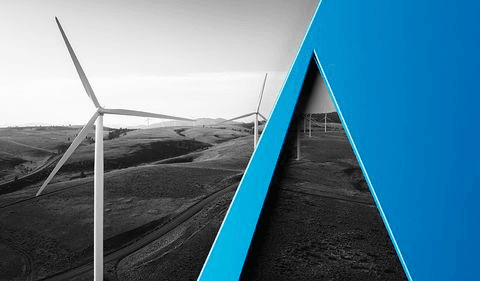It was clear from the outset that the U.K. would introduce some form of carbon pricing mechanism following Brexit to assure progress in meeting the U.K.’s ambitious emissions targets (now set at net zero emissions by 2050 and a reduction of 78 percent from 1990 levels by 2035). During 2020, the U.K. government consulted on replacing the EU ETS with either a new cap-and-trade system similar to the EU ETS or a carbon tax regime. The consultation and the Brexit negotiations resulted in the announcement of the U.K. ETS modelled very closely on the EU ETS but not linked to the EU ETS.
How does the U.K. ETS work?
The U.K. ETS only applies to certain carbon-intensive industries including power generation. In summary:
- There is a fixed number of allowances available each year representing the cap on the amount of greenhouse gases that can be emitted—this cap reduces over time.
- At the end of each year, producers must surrender enough allowances to cover their actual greenhouse gas emissions (and some eligible producers (including energy intensive industries and the aviation sector) are allocated free allowances that can be used to offset part of their greenhouse gas emissions to prevent carbon leakage).
- Producers can purchase allowances either through the government-led auction process (under which remaining allowances are released to the market throughout the year) or from other market participants creating a market price for carbon.
U.K. ETS – Market intervention
Unlike the EU ETS the U.K. scheme includes a carbon price floor of £22 per tonne (the average level of the carbon price under the EU ETS over 2019 and 2020). This is not new; the U.K. actually has imposed its own form of a carbon price floor since 2013, which worked as a “top-up” price under the EU ETS scheme. The U.K. government will consult on whether to remove the carbon price floor later this year.
The U.K. government has established the Cost Containment Mechanism (CCM) that provides for government intervention if there are extended price spikes, including redistributing the number of allowances for auction and/or releasing additional allowances into the system either from reserve accounts or from future years. Under the current framework, the CCM will be triggered if the average allowance price on the secondary futures market is double the average price for the preceding two-year period, for three consecutive months. As of May 10, 2021, the average price would need to remain above £44.74 for three consecutive months to trigger the CCM. In the first two years of the U.K. ETS, the CCM will be more sensitive than the equivalent mechanism in the EU ETS, allowing intervention more quickly to help address potential volatility in the market.
Early market prices
First day trading saw prices above £50 a tonne (exceeding the price for allowances in the EU) before falling to £45.75 a tonne in the afternoon after the first auction of additional allowances cleared at £43.99 a tonne. These prices were not unexpected given the recent price spikes in the EU, which saw the carbon price rise above €50 for the first time, but it remains to be seen whether the U.K. carbon price will trade consistently above the EU carbon price.
The U.K. ETS into the future
So far, the U.K. ETS is performing largely as expected and broadly in line with its EU counterpart. In the short term, market participants will be keen to see whether prices stabilize and whether the U.K. government will use its powers under the CCM. There are also likely to be a number of consultations this year in the U.K. on matters such as the carbon price floor, the full alignment of the U.K. ETS with the U.K. government’s net zero ambitions and the ongoing discussion regarding the potential for linking the EU ETS and the U.K. ETS.
Some possible further developments to look out for:
- Introduction of carbon border adjustment taxes on imported goods from countries that do not impose a carbon price are being discussed to protect domestic industries that face higher costs as a result of the rising price of carbon.
- A renewed focus on industries that are not currently subject to the U.K. ETS or EU ETS—will a form of carbon emissions taxation be used to encourage emissions reductions in those sectors?
- Growing market for carbon offset trading including from new market participants looking to capitalise on any volatility in the carbon price.
- Re-introduction of the use of international carbon offsets for compliance with obligations under the U.K. ETS and the EU ETS and the creation of a new market mechanism for linking international carbon markets.1
- What types of new financial products will come on to the market allowing producers to hedge exposure to the carbon price?
- Will consumers see carbon-intensive products and services increase in price as producers look to pass through additional costs?
1 The Paris Agreement provided that a new market mechanism for linking international carbon markets would need to be established after 2020 and as such credits created under the Clean Development Mechanism and the Joint Implementation (both established pursuant to the Kyoto Protocol) can no longer be used by producers to satisfy obligations under the EU ETS.



